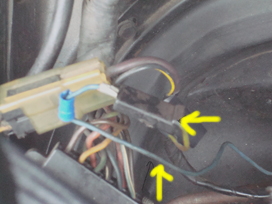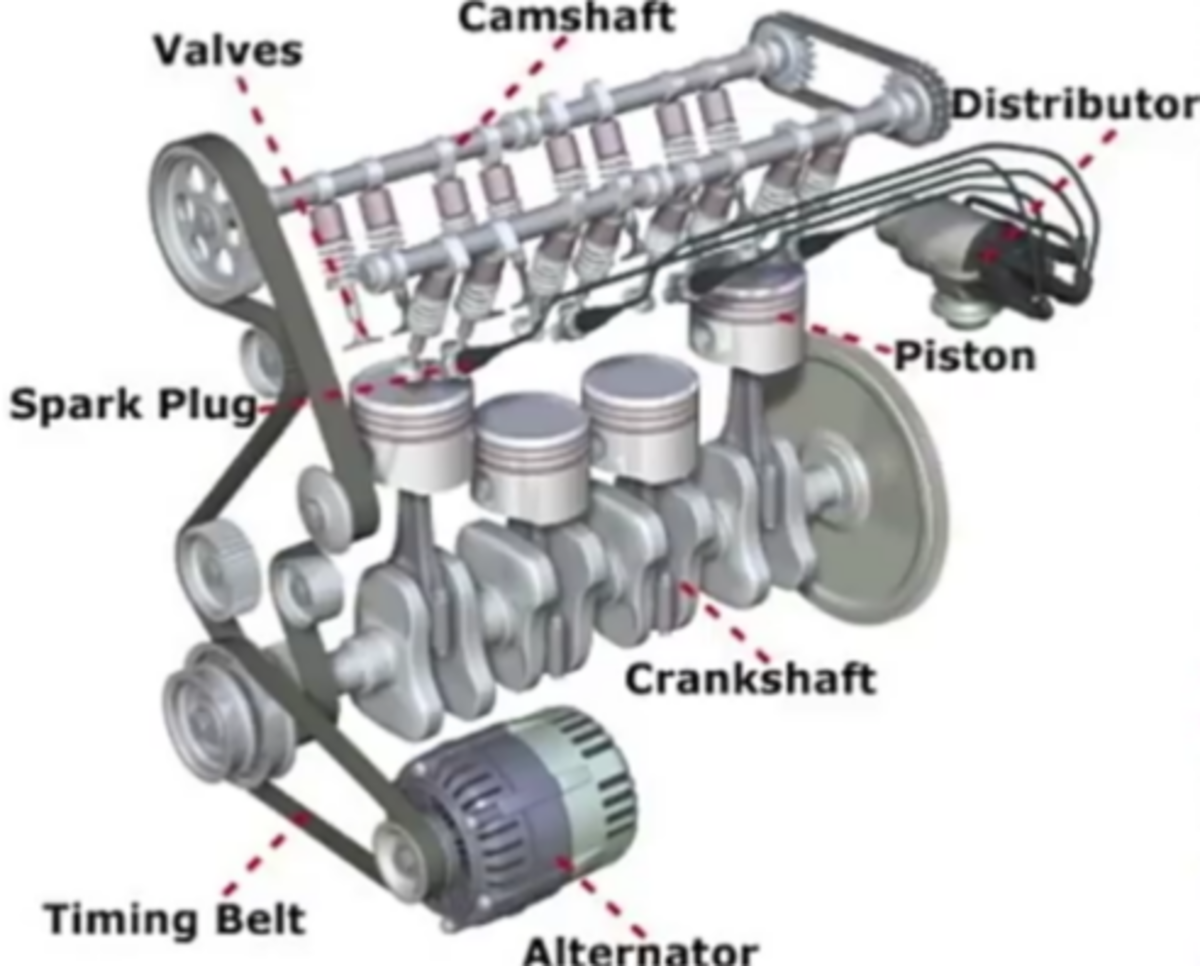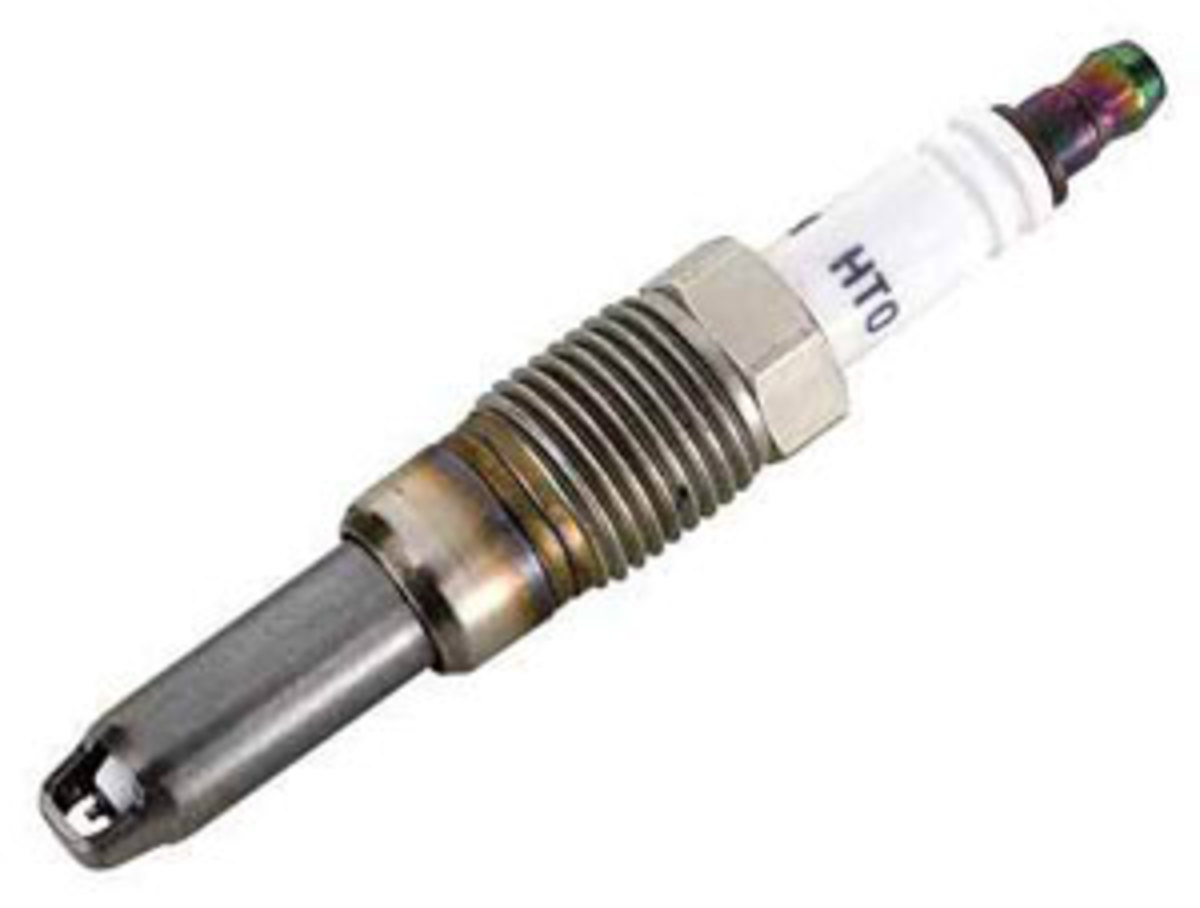How to Troubleshoot an Overheating Corvair Engine

Diagnosing your Overheating Corvair
If you are a owner of a 140 hp, four carb engine, whether a Corsa or Monza, an operating Thermistor, located on the left engine head, is important. Why? The Thermister senses the engine temperature during its operation, which in turn operates the Engine Manifold Temp gauge in the Corsa. If the reading is a lot above 300F, you might want to pull over and let the engine cool to avoid damage. 140 hp engines do have a reputation of running too hot, so the gauge is one of the more important ones.
If your gauge did work, but is no longer or it never worked, it is either the Thermistor is bad ($100), the wiring is bad or the gauge is bad. Troubleshooting is mostly easy using an Ohm meter and leads with alligator clips.
What are the baseline readings?
With the engine cold, the reading should be 5000+ ohms. An engine running at normal temps can range from 500 (300F) to 750 (225F) in Ohms. Lower than 500 ohms simply means your engine is getting hotter than normal. Running the engine for a good 20-30 min usually hits 300F or so, but is stable at that temp. A lot of stop and go driving, heavy traffic congestion may force it higher. Running the engine for only 15 min will barely get the temp to 200F (1000 ohms) and your gauge may not even reflect it. Ohm readings of 310 or less indicate the engine is reaching 400F or over. Less than 200 Ohms indicates engine temp is 450F +. The range of the gauge is from 200F (1000 ohms) to 600F (100 ohms). At 5000 Ohms, the temp is 70F. At 575F, the alarm will go off.
Procedure
You can check when the engine is cold or hot.
1. Locate the single wire connection in the engine compartment in the front left section. This is below the Voltage regulator in general. There is only one wire connection there, wire may be brown or white, that comes out of the firewall grommet. This is the wire from the Thermister.
2. Disconnect from the connector. Connect the red (+) from your meter onto it. Ground the black wire to metal such as a bolt on the chassis nearby. Your Ohm meter should read 5000 (with cold engine) or so. This tells you that the Thermister and wire connection to this point is good.
3. To test the connection from the gauge to where the connector is in the rear engine compartment, you must remove the instrument panel and pull it out, then, disconnect the wires from the gauge and attach the Red wire to it and ground the black one. Reconnect the single wires you had separated in the rear engine area. With engine cold, your Ohm reading should be the same or close to it. If this is the case, you now know that from the Thermister to the gauge on the dash, everything is fine. Thus, the gauge itself or the connectors to the gauge must be the cause of the malfunction.
If the readings are not the same or close, it indicates there is a problem with the wiring from the gauge to where the wires connect in the rear engine area.
Using #3 above, let’s say with an engine that has been running for 30 min. Yet, your gauge still reads below 200F. You test the Thermistor. The wires are disconnected. The wire coming from the grommet in the firewall, is the wire going to the Thermister. You attach an Ohm meter. Let’s say your reading is NOT at 1000 Ohm or less, after 30min of running the engine, it should be at least 600-750 ohms or lower, so the Termister is bad or going bad. Also, if the gauge is at 200F and the ohm reading is 600 (275F), then you also know the gauge (or wiring to it) is bad because it does not reflect it the reading from the Thermistor. In the same scenario, if the ohm reading is greater than 1000 Ohms, or no reading at all, there is a good chance the Thermistor is bad because it still reads as a cold engine, which it is not (assuming running the engine for 30 min).
To sum up, the Ohm readings should be the same. Whatever reading you get from testing the wire to the Thermister should be the same when the wires are reconnected and the test is conducted from the disconnected gauge, if not, suspect the wiring. If the gauge is at fault, check and clean connectors even when they look clean with no corrosion etc.
You can always take off the lower rear shroud and test the Thermistor directly.



